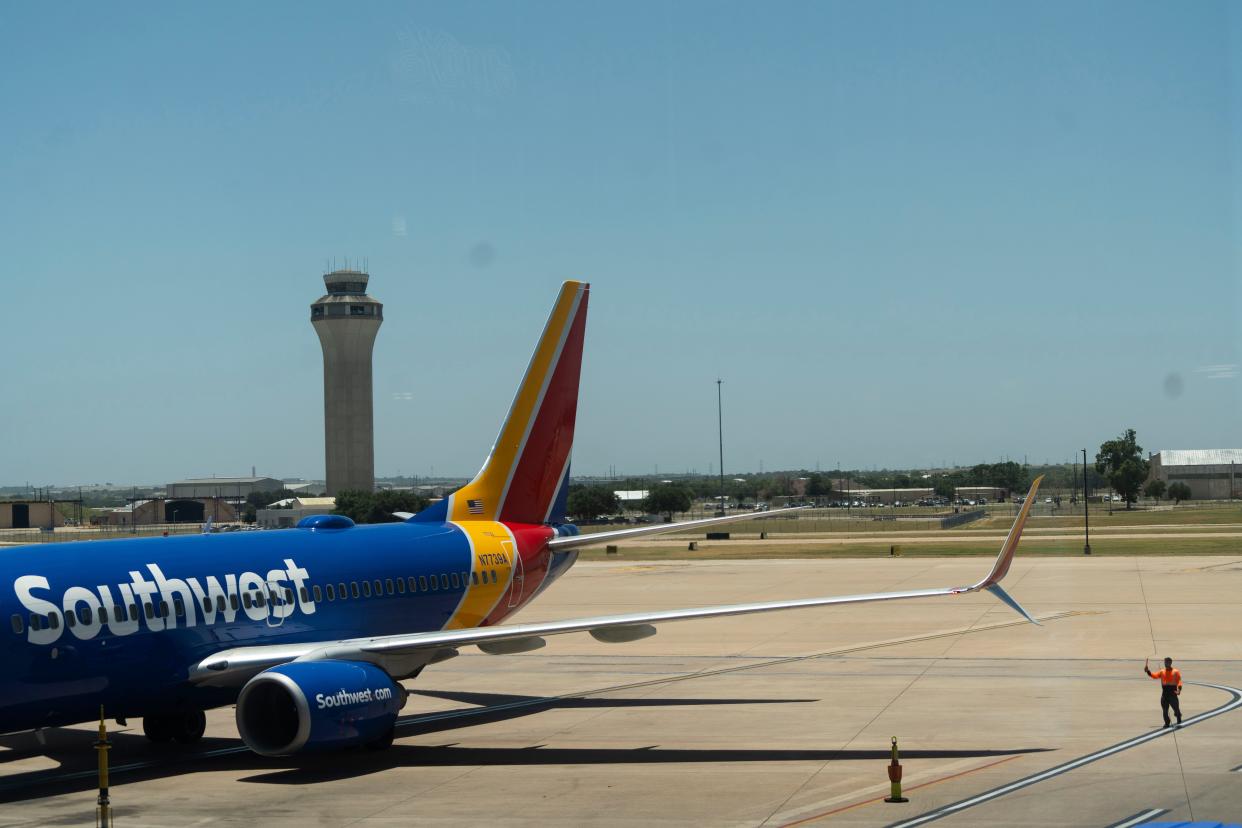Grumet: The busiest U.S. airports have ground radar for safety. Why doesn't Austin have it?

The shortage of air traffic controllers at Austin-Bergstrom International Airport is back in the news, amid troubling new revelations about the harrowing close call in February, when a landing FedEx cargo plane came within seconds of colliding with a Southwest Airlines flight.
The 128 people taking off on Southwest Flight 708 for Cancún that morning had no idea what nearly hit them.
The air traffic controller who cleared both planes to proceed was working an overtime shift, underscoring the potential for dangerous mistakes when staffers are stretched thin. The Federal Aviation Administration, which runs the Austin airport tower, has only 35 of the 42 controllers it says it needs there (plus eight trainees). U.S. Rep. Lloyd Doggett has rightly implored the FAA to boost staffing, given the series of alarming near misses at the airport this year.
But there’s a related issue that hasn’t received nearly enough attention: Unlike most of the busiest U.S. airports, the Austin airport does not have a ground radar system to help air traffic controllers with their difficult jobs.
Such radar systems show the exact location of aircraft on the runways and taxiways. More than 40 U.S. airports, including the 25 busiest ones, have such a system. But Austin (the 27th busiest) does not, and it appears we’re at least a few years away from getting anything like it.
Installing such equipment at Austin’s fast-growing airport should be a no-brainer for the FAA. And the four near misses at the Austin airport in just the past year show why this needs to be a priority.
Consider the near-collision in February: The fog that morning obscured the tower’s view of the passenger plane waiting to take off. Having ground radar could have helped the air traffic controller give better instructions to keep the two aircraft apart.
Crystal Essiaw, an FAA public affairs specialist, told me that airports without ground radar "have multiple levels of procedures” to give air traffic controllers “situational awareness to maintain safety on airport surfaces."
The New York Times painted a more worrisome picture, noting that some controllers without radar resort “to using a public flight-tracking website” and rely on reports from pilots.
In theory, help is on the way. Doggett said all large and medium hub airports, including Austin, are supposed to get “surface surveillance systems” within the next five years under the FAA reauthorization act, which still needs Senate approval.
Even then, the Austin Democrat told me this past week, “we will be competing with airports around the country as to who gets it and when.”
Doggett agreed that getting this safety equipment in Austin should be an urgent task. But already it has the feel of a drawn-out, federal bureaucratic process. The FAA is no longer providing the same gear installed at dozens of other airports. The agency issued a request in June for vendors to offer the next generation of equipment.
“We are exploring new technologies, but we don’t have a specific timeframe for when those might roll out,” Essiaw said.
It’s understandable Austin wasn’t among the first airports to get this equipment in the 2000s. The technology went to the busiest hubs, as well as airports likely to have visibility issues (think Milwaukee or Hartford).
Amid the Austin airport’s rapid expansion in the past few years, however, the city officials who run the terminal have repeatedly asked the FAA about providing ground radar now.
“We met with the FAA earlier this year during our annual runway safety meeting and inquired about available radar equipment options” for the Austin airport, said Sam Haynes, spokesperson for the city’s airport operations. “We were advised there are none at this time.”
Not what you want to hear before you board your next flight. Especially when a series of near misses have highlighted safety concerns at the Austin airport:
The close call between Southwest and American Airlines aircraft in November 2022.
Another incident in April, when a SkyWest jet was routed to ascend into the path of a descending Southwest plane.
A pilot in a private jet making an evasive maneuver last month to avoid an F/A-18 military fighter plane seeking to land at the airport.
And the February incident that brought the Southwest and FedEx planes perilously close to catastrophe.
The short-staffing problem at Austin’s airport tower is distressingly clear, given that air traffic controllers here work more than 70% of their shifts below federal staffing guidelines.
But the FAA needs to move just as expeditiously to ensure those workers have the technology they need.
Four near misses in the past year are four too many.
Grumet is the Statesman’s Metro columnist. Her column, ATX in Context, contains her opinions. Share yours via email at bgrumet@statesman.com or via Twitter at @bgrumet. Find her previous work at statesman.com/news/columns.
This article originally appeared on Austin American-Statesman: Grumet: ABIA needs needs ground radar after air traffic control misses

